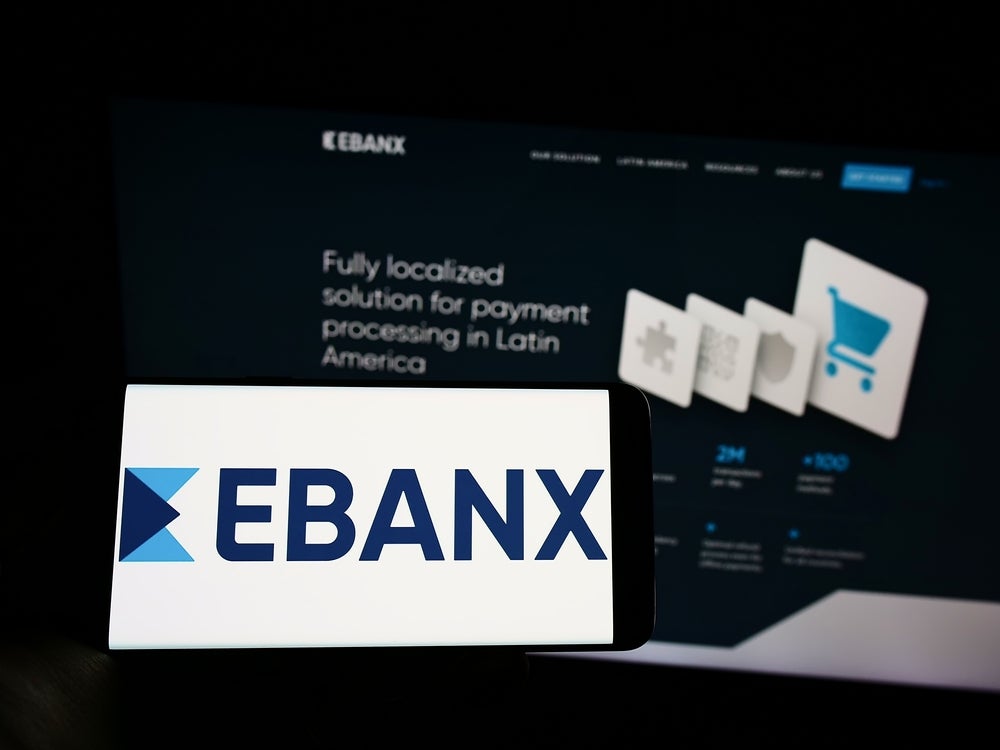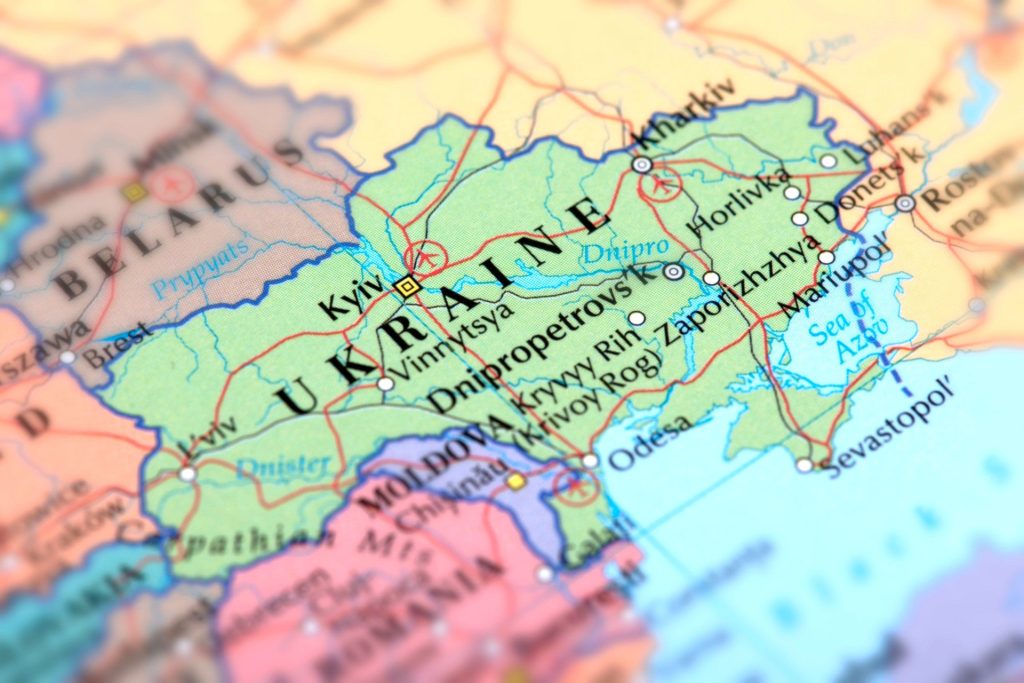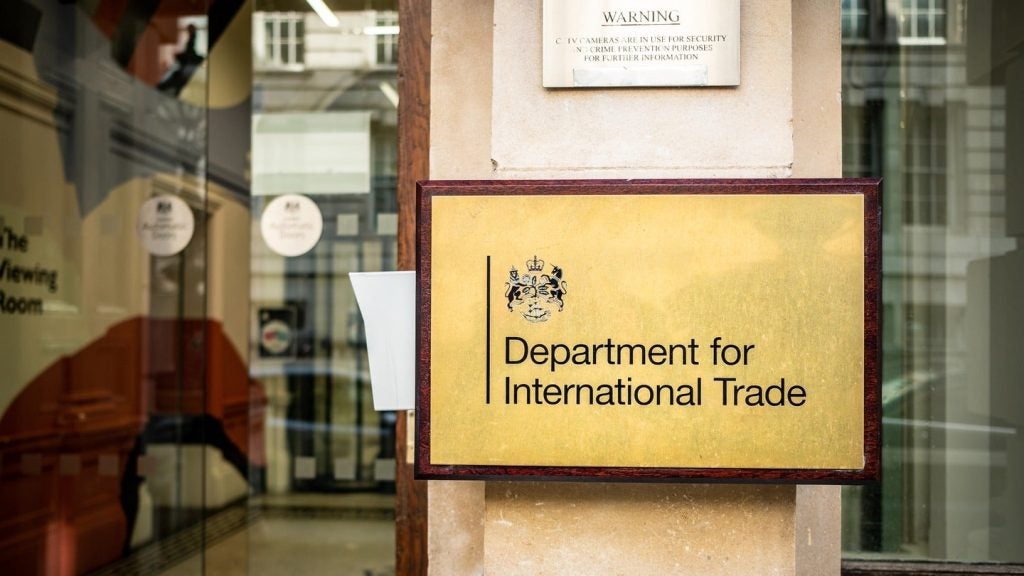After the repercussions of the global financial crisis, Cambodia is beginning to stabilise. With cards in circulation now over a million, are the country’s payments prospects even brighter?
The global financial crisis slowed Cambodia’s GDP growth to an all-time low of 0.09% in 2009. However, the improved economic conditions during the review period (2009-2013) stabilised the growth rate to 7.46% in 2013, which had a positive impact on the cards and payments industry. A similar trend is expected over 2014-2018.
The Cambodian cards and payments industry, including debit and credit cards, registered positive growth during the period 2009-2013, recording a compound annual growth rate (CAGR) of 26.31%, and increasing from 464,047 cards in circulation in 2009 to 1.2m by the end of 2013. In terms of transaction value, payment cards valued KHR3.7trn ($915.2m) in 2013, after registering a CAGR of 30.89% from 2009-2013.

Favourable economic conditions, improved banking infrastructure, new products offered by banks, and growth in card payments at point of sale (POS) terminals all led to growth in card payments. The average transaction value (ATV) in Cambodia was $65.6, ranking 15th in Asia-Pacific in 2013. China recorded the highest ATV, with $302.4, while New Zealand ranked lowest in Asia-Pacific with an ATV of $46.3.
Cambodia had the lowest card penetration in Asia-Pacific, with 0.1, and ranked 12th in Asia-Pacific in terms of frequency of use of payment cards, with 11.8 transactions per card. New Zealand recorded the highest frequency, with 146.1 transactions per card, followed by Australia with 96.6, South Korea with 44.7, and Singapore with 36.0.
How well do you really know your competitors?
Access the most comprehensive Company Profiles on the market, powered by GlobalData. Save hours of research. Gain competitive edge.

Thank you!
Your download email will arrive shortly
Not ready to buy yet? Download a free sample
We are confident about the unique quality of our Company Profiles. However, we want you to make the most beneficial decision for your business, so we offer a free sample that you can download by submitting the below form
By GlobalDataDebit cards continue to dominate
In terms of transaction value, debit cards were the favoured payment card in Cambodia in 2013, accounting for 96.9% of card payments, while credit cards accounted for 3.1%. A similar trend is expected over the period 2014-2018. Debit cards are offered to everyone who opens a personal bank account, and banks are promoting these accounts to attract customers.
ANZ Royal Bank, for instance, is promoting the Convenience Plus account, offering customers a Royal Debit Card with free international access and money transfer facility. These cards are issued free of charge and can be used to pay utility bills, although they are mostly used at ATMs to withdraw cash, rather than at POS terminals. ATMs accounted for 97.6% of debit card transactions in 2013, while POS terminals accounted for just 2.4%, in terms of transaction volume.

Banks are also taking initiatives to develop credit cards, and are conducting consumer awareness campaigns in association with Visa. Banks are aiming to ensure that consumers are ready to use credit cards by educating them on how to manage personal finances, and benefit from credit cards without getting into debt. In November 2013, Acleda Bank launched its first Acleda Visa credit card, while Cambodian Bank launched both Visa and Master Platinum cards.

Other banks such as ANZ Royal Bank and CUBC offer added benefits, such as discounts on airport lounges and hotels.
Growth opportunity for prepaid cards
The Cambodian prepaid card market is showing positive and steady growth. These cards are primarily targeted at the unbanked population, and for migrant workers who require a safe and fast remittance facility. In terms of the number of cards in circulation, the Cambodian prepaid cards market increased from 286,540 cards in 2009 to 343,405 in 2013, at a CAGR of 4.63%.
It is anticipated to post a CAGR of 7.78% in the four years to 2018, increasing from 380,346 cards in 2014 to 513,233 in 2018. In February 2014, Visa launched a prepaid Visa card in association with Wing and FTB. This allows people all over Cambodia to buy these cards, which can be easily reloaded using the Wing mobile network. It is relatively inexpensive and especially useful for international remittances by migrant workers. This card can be used in employee recognition programmes, as well as for giving gifts.
Development of EMV-based cards
As card transactions increase, so does card fraud, and banks are issuing cards with EMV technology to increase transaction security. CUBC Bank, for instance, implemented EMV security standards by installing ATMs that accept EMV-based transactions for all Visa-branded cards.
In March 2014, DataCard Group collaborated with Visco (Cambodia) and Omega Computer Corporation to conduct EMV seminars in Cambodia. The seminars aimed to educate banks and customers about the importance of EMV cards, covering risk management, benefits, and considerations during migration and verification security when authenticating debit and credit transactions at POS terminals and ATMs.
Development of online banking
Internet banking (e-banking) enables customers to carry out bank transactions at any time and from any part of the world, and is a convenient payment method. Cambodian banks also offer internet banking: ANZ Royal Bank, for example offers e-banking and payroll services. E-banking can replace the use of cheques and save time, reducing cash-based transactions and increasing demand for the cards. Other banks offering this service are Canadia Bank, FTB and Acleda Bank.
E-commerce expected to rise
E-commerce is still in a nascent stage in Cambodia, primarily due to the country’s inadequate internet infrastructure. Much of Cambodia’s large rural population does not have access to internet services, and despite government initiatives to increase internet penetration, e-commerce has yet to fully develop.
Most internet users prefer not to shop online, and use the internet primarily for browsing or downloading. To encourage e-commerce activity in the country, Charge.com Payment Solutions introduced an online payment gateway in Cambodia, in June 2013, giving online shoppers a convenient and secure payment gateway.
Growth in banking infrastructure
The number of ATMs also increased at a CAGR of 16.89% during the review period, from 406 in 2009 to 758 in 2013. It is also anticipated to increase further over the forecast period, from 841 in 2014 to 1,211 in 2018, at a CAGR of 9.56%. Banks in Cambodia are primarily installing biometric ATMs to serve the rural population, enabling them to become part of the banking sector.
To meet the consumer demand in the current competitive environment, microfinance institutions (MFIs) in Cambodia have also started installing ATMs. Parsac, for instance, a leading Cambodian MFI, has installed new ATMs.
The growth of POS terminals across the country is an important driver for infrastructure, and recorded a review-period CAGR of 9.77%, rising from 3,305 in 2009 to 4,799 in 2013. With the increased number of POS terminals installed, the potential to eliminate cash-based transactions will increase; the number of POS terminals is anticipated to reach 7,911 by 2018.
POS terminal penetration – the number of POS terminals per 100,000 inhabitants – also rose, from 22.3 in 2009 to 31.1 in 2013. This is expected to expand further over the forecast period, to reach 48.9 in 2018.







